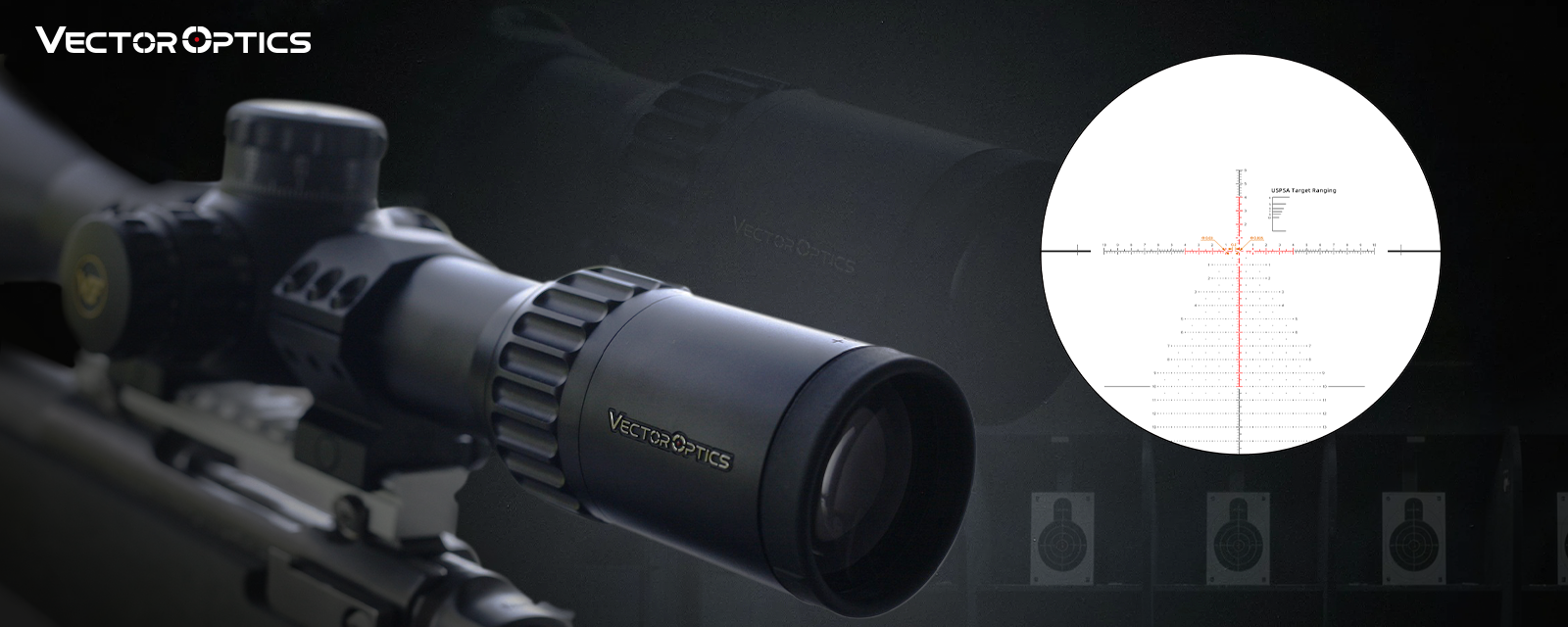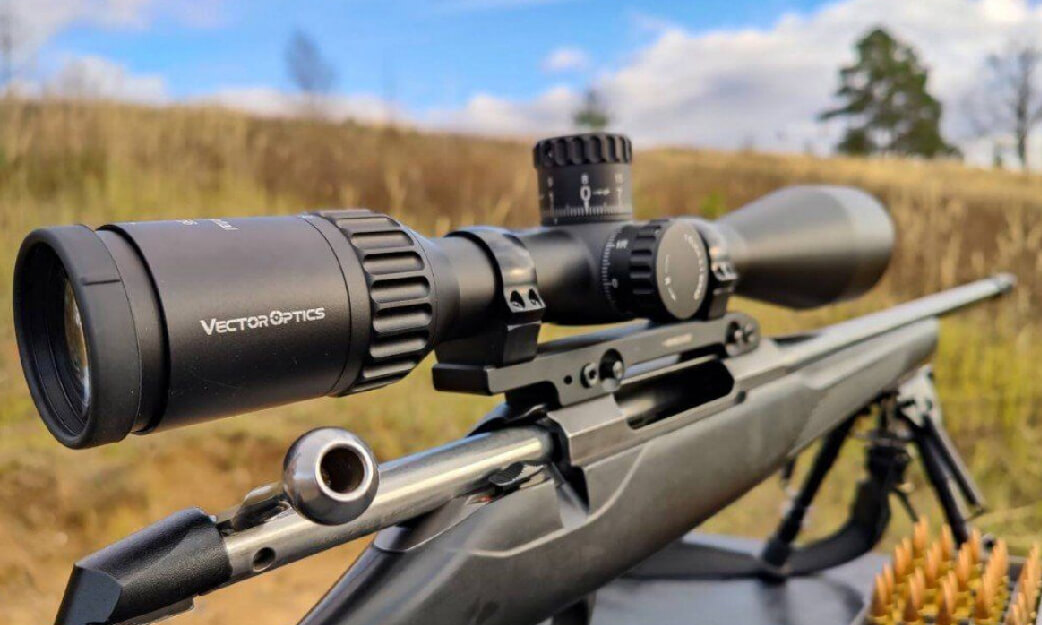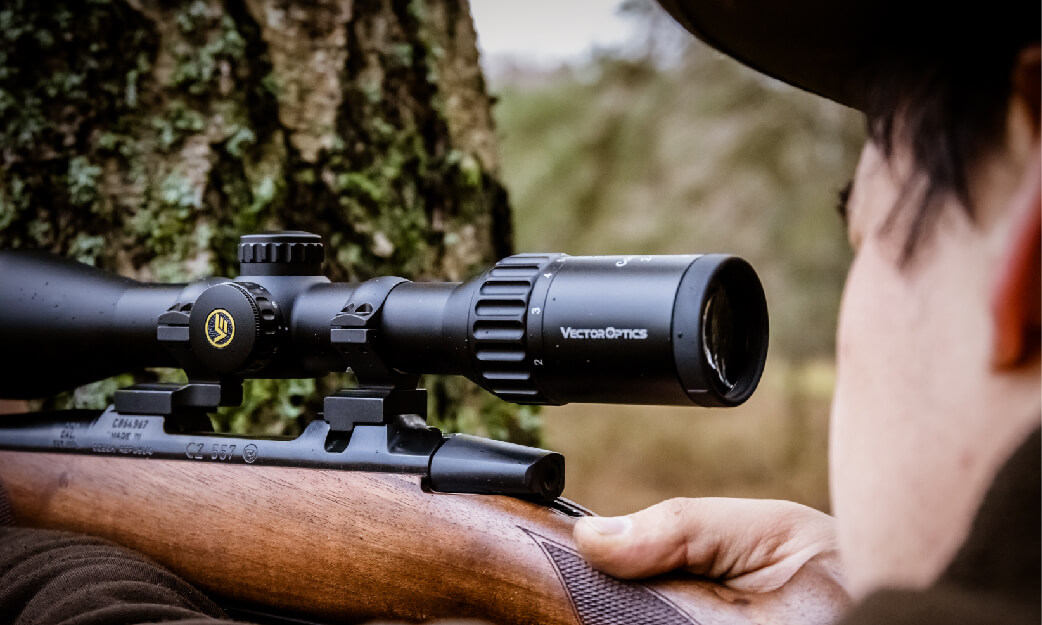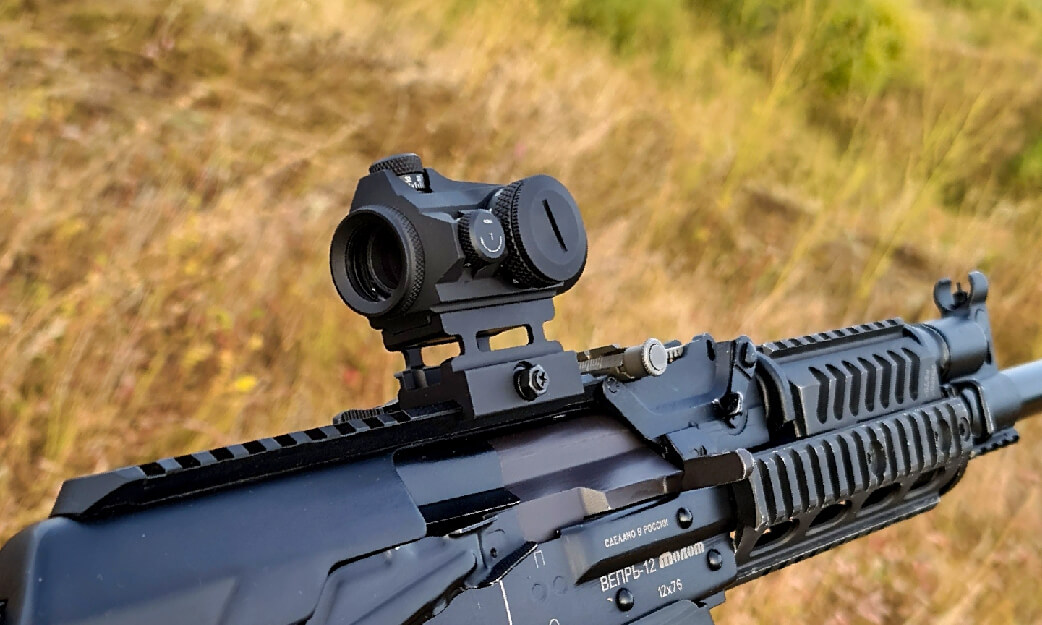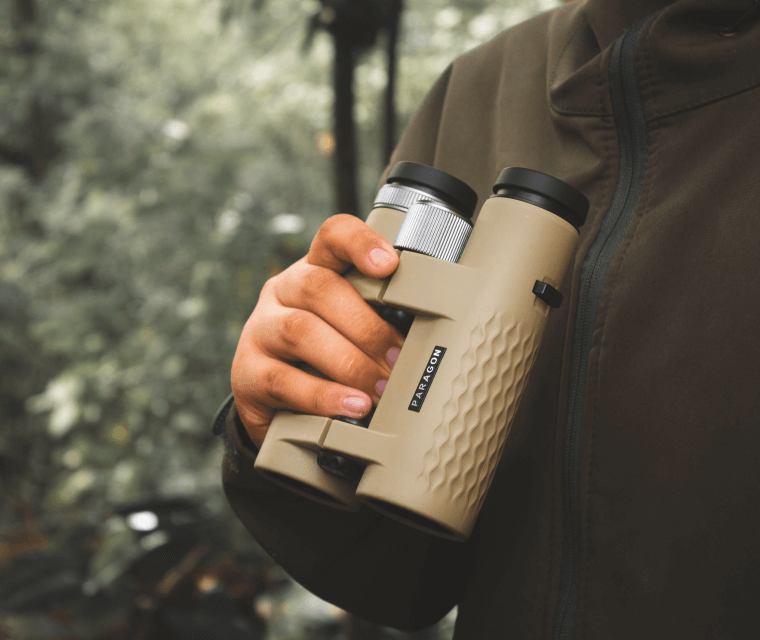

-
-
-
- Tauron Long Range
- Tauron Varmint Hunting
- Tauron Mountain Hunting
- Tauron Small Game Hunting
- Tauron Target Shooting
- Tauron PRS
- Paragon Small Game Hunting
- Paragon Varmint Hunting
- Paragon IPSC-Rifle
- Paragon 3-Gun
- Paragon CQB
- Paragon IPSC-Shotgun
- Paragon IPSC-PCC
- Tauron 4x HD SFP / FFP
- Tauron GenlI 8x ED
- Tauron 6x HD SFP / FFP
- Paragon 5x SFP 30mm
- Paragon 5x SFP 1inch
- Paragon Mini Prism
-
-
-



